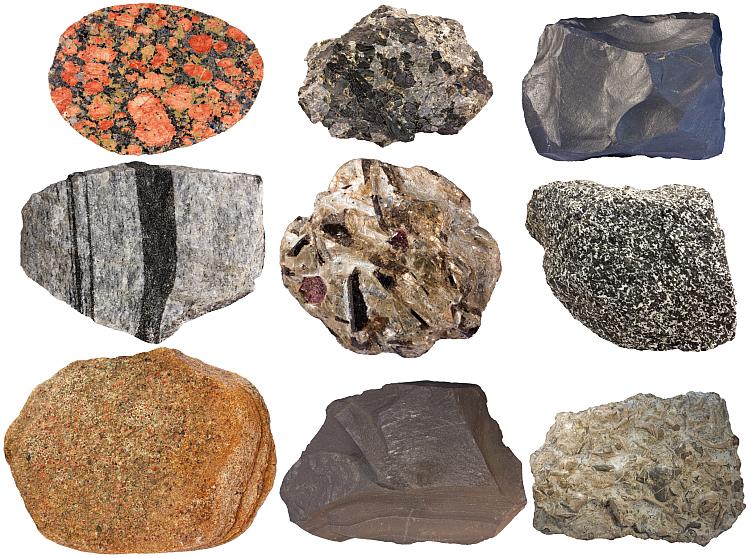
Minerals are the building blocks of our planet, and their identification plays a crucial role in various fields, including geology, mining, and materials science. Understanding the three main ways to identify minerals is essential for professionals and enthusiasts alike. In this article, we will delve into these methods, providing in-depth insights and practical tips to ensure accurate mineral identification.
- Physical Properties Analysis:
One of the primary methods used to identify minerals is through the analysis of their physical properties. These properties include color, luster, hardness, cleavage, fracture, specific gravity, and crystal form. Each mineral possesses a unique combination of these characteristics, allowing for differentiation and identification.
Color, although easily observable, is not always a reliable indicator due to variations within a mineral species. Luster, on the other hand, refers to the way light reflects off the mineral's surface and can be categorized as metallic, non-metallic, or submetallic. Hardness, measured using the Mohs scale, determines a mineral's resistance to scratching, while cleavage and fracture describe how a mineral breaks under stress. Specific gravity measures the density of a mineral compared to water, and crystal form refers to the geometric shape of a mineral's crystals.
By meticulously examining and comparing these physical properties, mineralogists can narrow down the possibilities and identify minerals accurately.
- Chemical Composition Analysis:
Another crucial method for mineral identification involves analyzing the chemical composition of a sample. This analysis is typically performed using techniques such as X-ray fluorescence (XRF), X-ray diffraction (XRD), and electron microprobe analysis (EMPA).
XRF determines the elemental composition of a mineral by bombarding it with X-rays and measuring the emitted fluorescent X-rays. XRD, on the other hand, analyzes the crystal structure of a mineral by measuring the diffraction pattern produced when X-rays interact with the mineral's atoms. EMPA allows for the precise determination of the elemental composition by using an electron beam to excite the atoms in the mineral, resulting in characteristic X-ray emissions.
By comparing the obtained chemical composition data with known mineral databases, experts can identify minerals accurately, even when physical properties alone may not be sufficient.
- Optical Properties Analysis:
Optical properties analysis is a valuable method for mineral identification, relying on the interaction of light with minerals. This method includes observing the mineral's behavior under various lighting conditions, such as transmitted light, reflected light, and polarized light.
Transmitted light analysis involves examining thin sections of minerals under a polarizing microscope, allowing for the observation of optical properties like pleochroism, birefringence, and interference colors. Reflected light analysis, on the other hand, involves examining the mineral's surface under different lighting angles to observe properties like reflectance, color, and texture.
Polarized light analysis utilizes polarizing filters to study the mineral's interaction with light waves, revealing unique optical properties such as extinction angles and interference patterns.
By combining observations from these optical analyses with data from physical and chemical analyses, mineralogists can achieve a comprehensive understanding of a mineral's identity.
Conclusion:
In conclusion, the three main ways to identify minerals involve analyzing their physical properties, chemical composition, and optical properties. By carefully examining these aspects, professionals can confidently determine the identity of minerals, enabling advancements in various industries. Whether you are a geologist, a mineral collector, or simply curious about the wonders of the Earth's composition, understanding these methods will undoubtedly enhance your knowledge and appreciation of minerals.




